Best Seasons for Bathtub Installation
Bathtub installations are typically scheduled based on weather conditions, project complexity, and contractor availability. Planning during mild seasons can help ensure timely completion and reduce potential delays caused by extreme weather. Understanding seasonal trends can assist homeowners in selecting the optimal time for installation.
Spring and fall are considered ideal due to moderate temperatures and lower humidity, which facilitate proper installation and curing processes.
Avoid scheduling during winter or peak summer months to prevent issues related to extreme cold or heat, which can impact materials and adhesives.
Off-peak seasons often offer more flexible scheduling options and potentially lower costs.
Longer daylight hours and stable weather conditions can help ensure a smooth installation process.
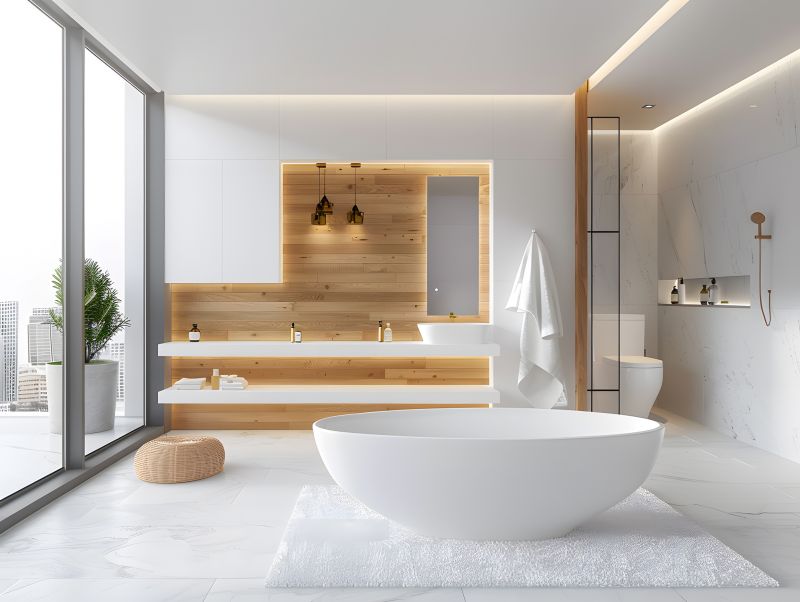
Ways to make Bathtub Installations work in tight or awkward layouts.
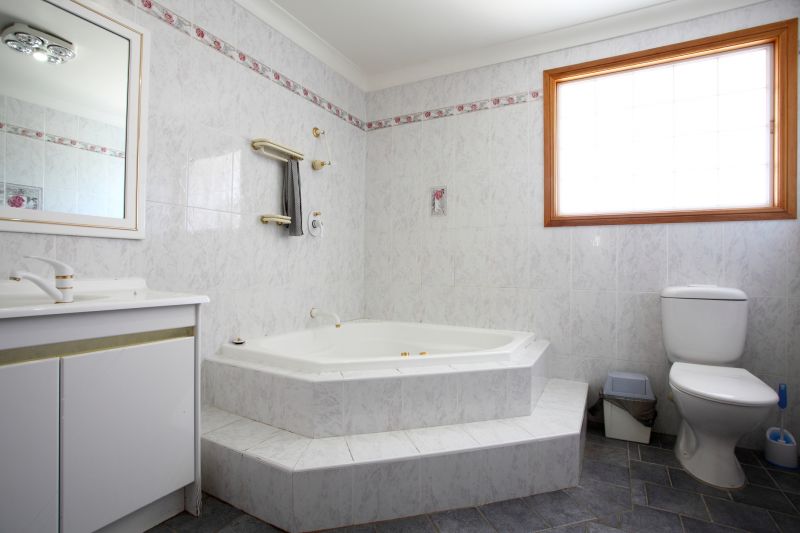
Popular materials for Bathtub Installations and why they hold up over time.
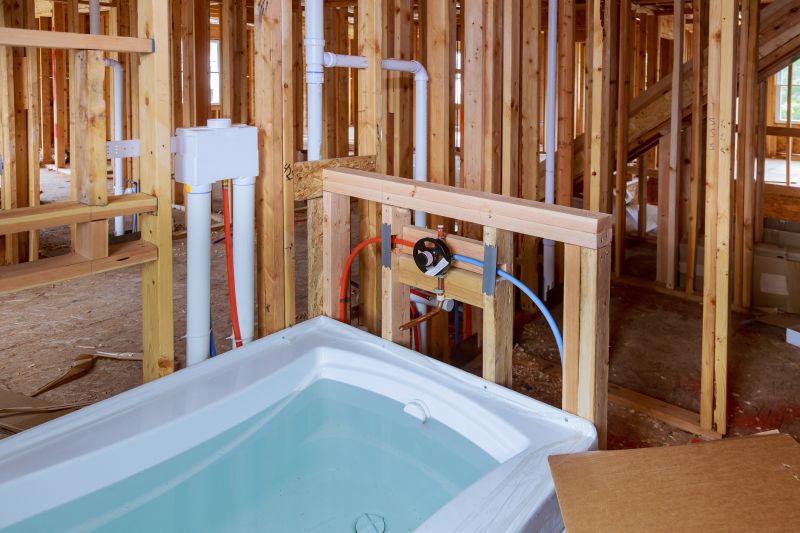
Simple add-ons that improve Bathtub Installations without blowing the budget.
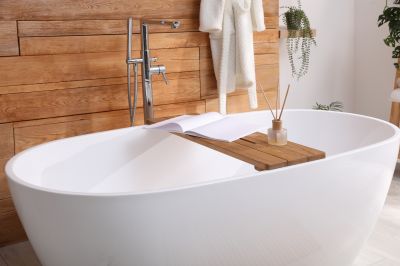
High-end options that actually feel worth it for Bathtub Installations.
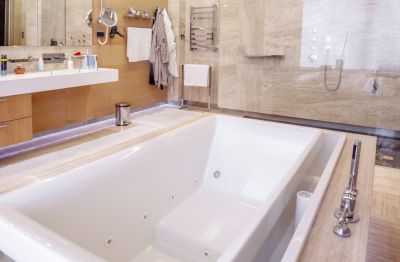
Finishes and colors that play nicely with Bathtub Installations.
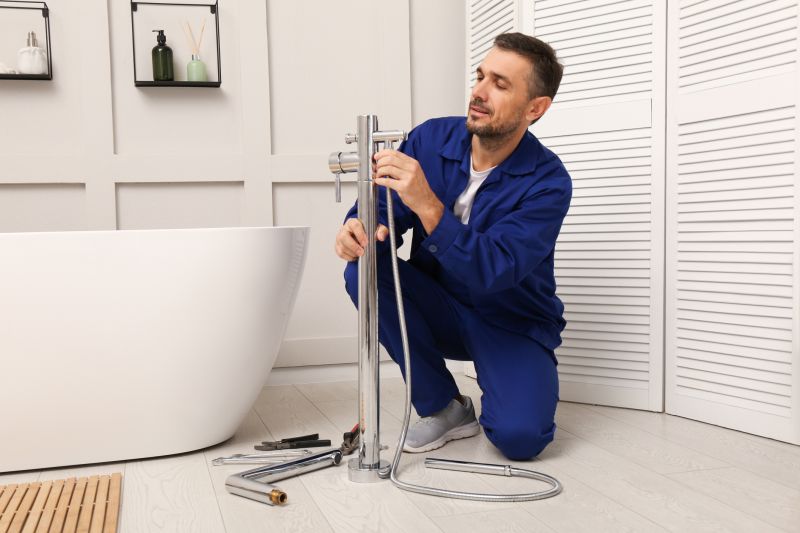
Little measurements that prevent headaches on Bathtub Installations day.
| Season | Advantages |
|---|---|
| Spring | Moderate temperatures and lower humidity aid installation and curing. |
| Fall | Ideal weather conditions and less contractor competition. |
| Winter | Potential delays due to cold weather and frozen materials. |
| Summer | High temperatures can affect adhesives and finishes. |
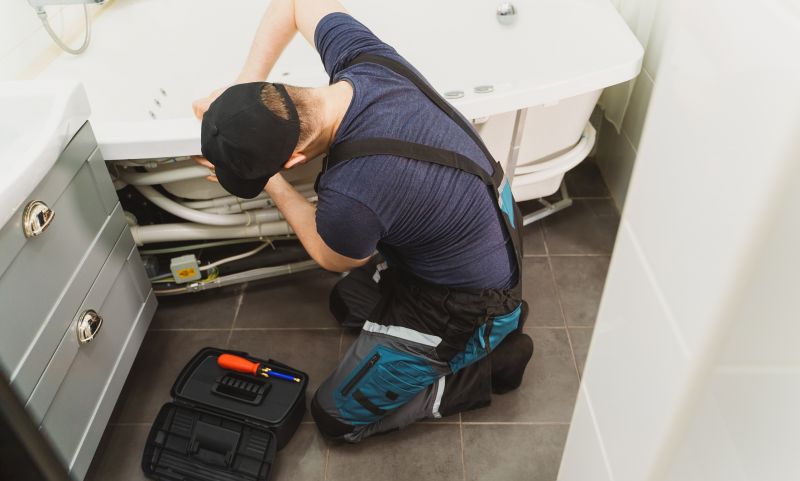
A 60-second routine that keeps Bathtub Installations looking new.
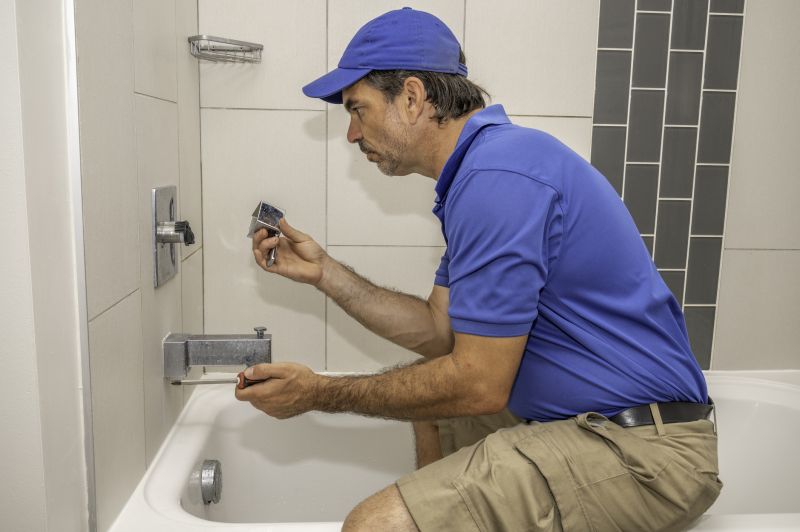
A frequent mistake in Bathtub Installations and how to dodge it.
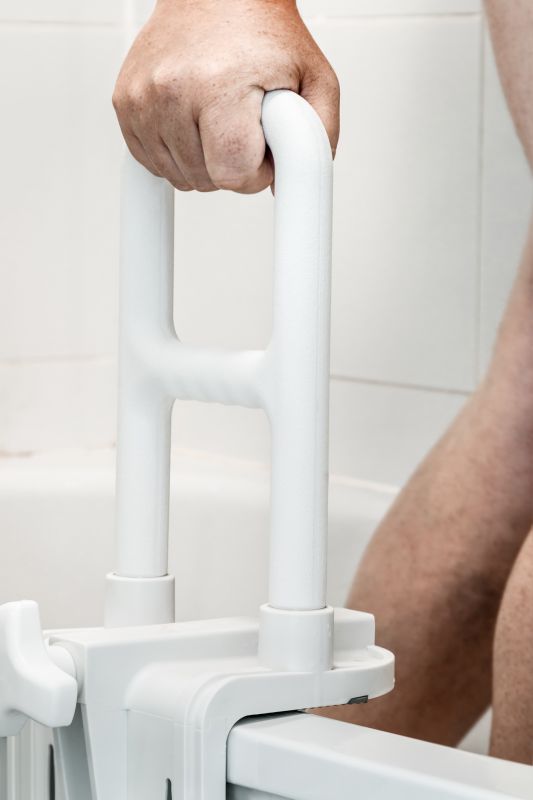
Small tweaks to make Bathtub Installations safer and easier to use.
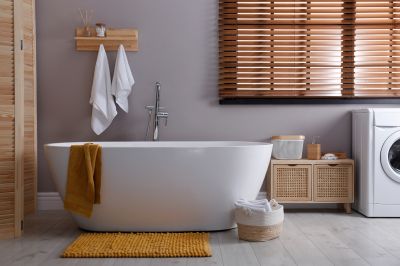
Lower-waste or water-saving choices for Bathtub Installations.
Interested in scheduling a bathtub installation? Filling out the contact form can provide the necessary details to determine the best timing for the project and ensure a smooth process tailored to specific needs.
Answers to common questions about scheduling, preparation, and process details.
Typically takes between one to three days depending on the complexity.
Clear access to the installation area and removal of old fixtures are recommended prior to scheduling.
Options include acrylic, cast iron, and fiberglass, each with different installation considerations.
